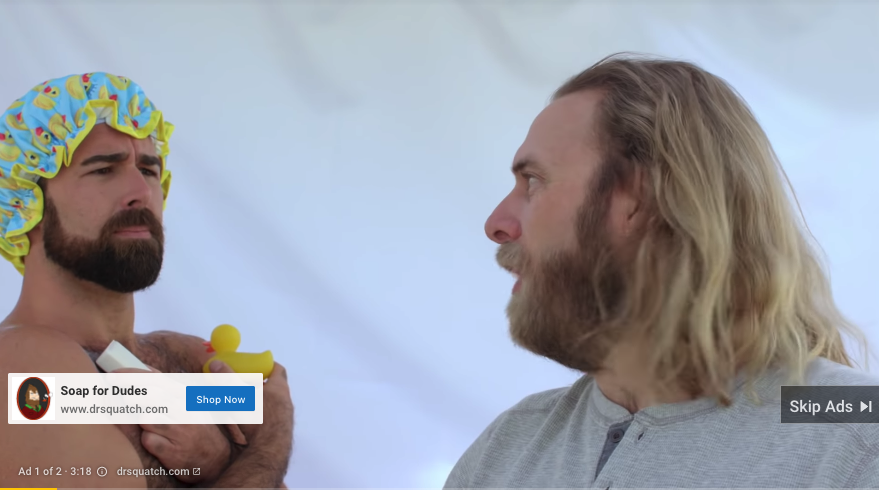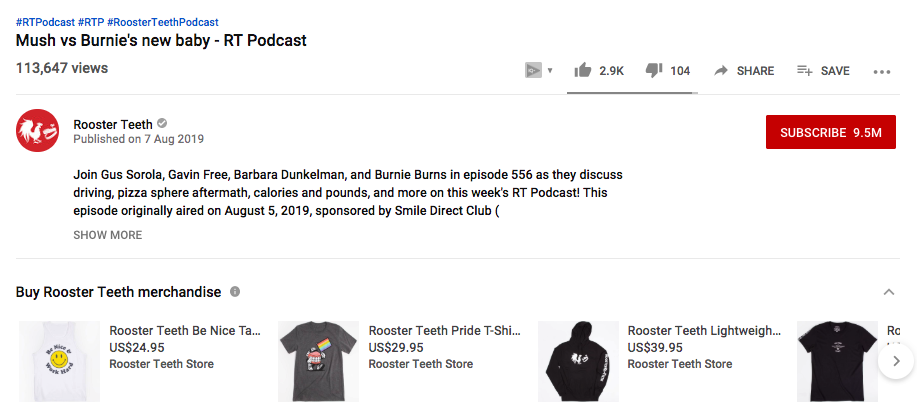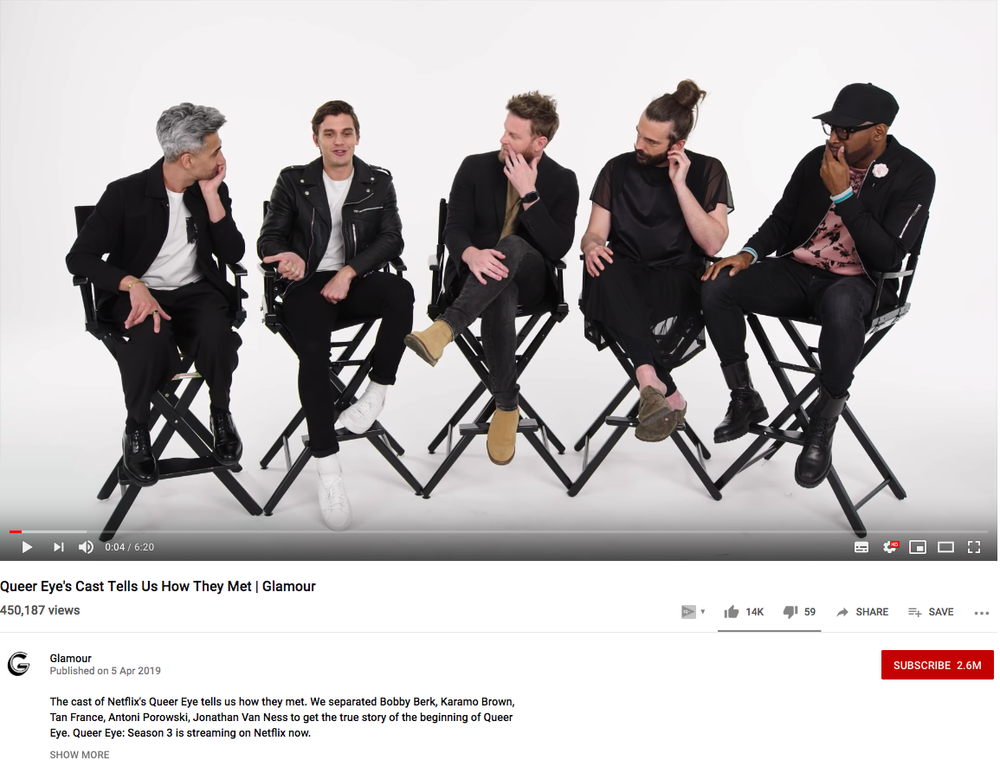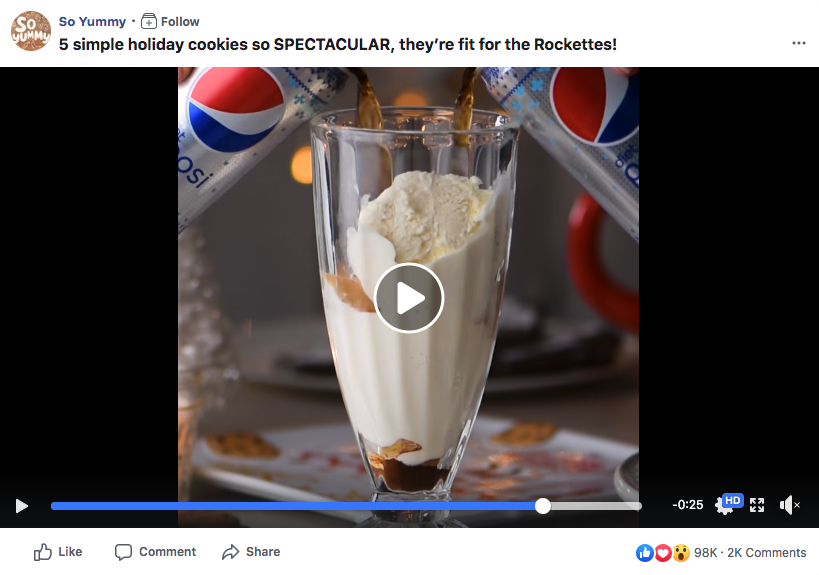No products in the cart.

With technology and consumer behavior changing so rapidly, media companies now have new opportunities to diversify revenue through social media video. Today, companies are experiencing what I like to call the new golden age of opportunity for media.
Below are five different ways your company can better engage with your audience and generate revenue.
1. Hyper-Targeted Social Media Advertising
Anyone, an individual, company, or publisher, can now monetize your video. You can place pre, mid-roll, or post roll adverts on video content on all major social platforms, including Instagram, Facebook, and YouTube. On social you can target your ad based on the viewer’s age, location, demographics, interests, and the job they have. Compared to traditional TV ads this can also be far more affordable and on YouTube you can also choose what channels or personas you want your ad to be placed on. While YouTube pre-roll ads are skippable, there is also a call to action, where a viewer can easily click if they are are interested in learning more.

Example of a pre-roll ad on YouTube by Soap for Dudes.
2. Creating Perks for Engaged Members
Beyond the big fish subscription services like Netflix, smaller niche media companies are also providing a light to no ad based subscription program. For some of these companies, they target their most fervent followers by offering exclusive membership content to donors or supporters through services like Patreon. Chapo Trap House has over 27,000 supporters that get access to premium episodes of their podcast, generating six figures per month.
In response to the growing popularity of Patreon, YouTube rolled out a channel membership program. Channels with more than 100,000 subscribers can give fans the options to sponsor at $4.99 per month in exchange for exclusive perks like early access to live events and chat access as a video premieres.
Though the membership feature is largely also being adopted by content creators and niche media brands, media companies like Rooster Teeth are monetizing their most engaged followers by offering branded merchandise right below video clips on their site.

Example of how companies can offer merchandise below each video on YouTube.
3. Channel Optimized Content
Media companies are not only building awareness through social networks, they are also driving major income by producing content for these channels, including YouTube.
Complex Media originally began as a bi-monthly magazine by fashion designer Marc Ecko and has evolved into a video powerhouse generating revenue through ads on successful YouTube shows and creating content around specific previously underserved interests.
“[We are] an amalgamation of the most meaningful vertical topics that no general massive media companies and publications were actually covering. We started that a long time ago and owned all those vertical voices,” said Complex Networks CEO Rich Antoniello in an interview with Digiday. “When we think about social media, people talk about communities all the time. These communities are not what drives social media. It’s when you have this verticalized content that cuts across all those communities.”

Complex media shows. At the top they have more ways viewers can engage with their content, such as “Get Episode Alerts,” “Subscribe on YouTube,” and “Stream on TV Apps.”
To help drive engagement to shows like Hot Ones and Sneaker Shopping, Complex Media deploy a variety of strategies. Corner right throughout each episode of Hot Ones contains a subtle animated logo next to the subscribe button so their viewers receive notifications each time a new video rolls out.
To build anticipation for Season 8, Hot Ones released a teaser featuring Gordon Ramsay which went viral on multiple platforms including Reddit and resulted in the full episode being viewed over 25 million times.
Broadcasters and media brands are also turning to Instagram TV, and in some cases, seeing drastically higher views compared to Instagram Stories.
With the 18-34 demo being huge for BBC News, they’ve experimented with publishing human interest, diversity, people helping each other out, first person story-telling, big news stories and exclusive BBC News interviews.
“We’re looking to give our followers a longer, more immersive version of stories we know have appeal on Instagram already,” said Ciara Riordan, deputy social news editor BBC News in an interview with the PressGazette.
So far they’ve found some pieces on Instagram TV to get sixty times more views versus Instagram Stories.
4. Creating Companion Videos
With all the factors that help influence engagement including time spent on page many media companies are creating companion video pieces to news and features. This content can come in the form of videos published in line with an article or creating channel specific video pieces, generating revenue through pre-roll ads.
Companion videos can be also produced to compliment and extend the life of TV shows on Netflix. You’ll see the Queer Eye (Netflix TV series) Fab 5 cast on several talk-shows and media shows, like Glamour, on YouTube. After people finish a Season of Queer Eye on Netflix, they then go to YouTube to watch more!

Media companies, like Glamour, create companion content on popular tv shows, like Queer Eye (Netflix).
In some cases like Barcroft Media they’ve also used short-form content on YouTube to pilot and test out specific show concepts. Netflix commissioned interior design show “Amazing Interiors” based on the success of Barcroft’s “Making Mad” YouTube series.
5. Sponsorships, Partnerships, & Licensing
Vice teamed up with Times of India to help accelerate their presence in India as they rolled out a new edition catering to the country, using their expertise and existing business relationships to quickly gain awareness. Through licensing deals with Verizon, Bell Media, AbemaTV, and other companies across the globe, Vice’s original reporting and content also reach millions of new viewers.
With sponsors, media companies are also finding creative ways to seamlessly insert partnering brands into their content in a way that does not feel like an advert. Digital media first publishers So Yummy collaborated with Pepsi on a holiday recipe video which included a float with… you guessed it. The video has over 5.6 million views on Facebook.

Equally important with each of these strategies is the ability for media companies to quickly produce content at scale. Learn more here about how NBCUniversal has been able to stay ahead of the curve while responding to evolving trends and platforms.
* This article was originally published here

